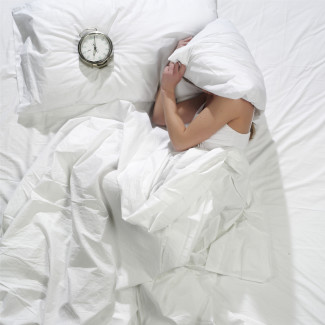This fact could not have been made clearer than in a conversation with Theresa Russell*, who agreed to talk about how heroin has touched her life.
Theresa began by handing over a list of six people’s names, their ages, and the dates of their overdoses and deaths. She reports she is very angry right now, as the most recent death was one of her very best friends from high school. He was 32 years old and overdosed on Nov. 1, 2015.
She explains that her anger and disbelief stem from the very first overdose in 2002. This was the father of a high school friend. Theresa, along with a close circle of friends, attended the funeral in 2002, and in her mind, this was the moment she knew she would never pick up opiates and heroin. She believed her peers all felt the same. Sadly, this was not the case.
Until society finds a way to manage the heroin issue, friends and family will continue to ask themselves, “What more could I have done?” or “Why didn’t I see that?”
The list of six people who died of drug overdoses are all connected, in some way. Her very best female friend from high school “Jane”, has struggled with opiate addiction. Jane’s husband was the third one on the list to die in the fall 2008. Jane also attended the funeral in 2002. Theresa is puzzled that after attending a funeral of someone who overdosed and died of drugs, why anyone would ever choose to use drugs? She also wonders what makes a person walk into a room and decide that they will jab a needle into their body to get high. What is going through their minds the first time they try heroin? It is no secret that after the first time, people can get hooked.
Theresa had another friend that died in the spring of 2008 from a drug overdose, who was also at the funeral in 2002…they were all there to support their friend whose father lied in the casket.
Theresa is angry and sad about what this drug is doing to our society. She is also angry that her dearest friend from middle school and high school years have succumbed to the lure of heavy drugs. Theresa tried to intervene early on in her friend’s addiction, but the family and her friend were in denial. Eventually, the family saw that Theresa was correct, and that their daughter needed help. Yet this friend still struggles today with relapses.
When we hear about people dying from drug overdoses, it is important to also remember the friends and family left suffering. Trying to make sense of death by heroin and of the addiction itself, is often terribly difficult. Until society finds a way to manage the heroin issue, friends and family will continue to ask themselves, “What more could I have done?” or “Why didn’t I see that?”
Like Theresa’s loved ones, addiction can take hold of anyone and everyone. Addiction does not discriminate; whether wealthy, successful, or have a family, it can disrupt the lives of anyone. If you have someone in your life who is suffering from addiction, overdose is a real possibility. Here are some steps for dealing with a loved one you believe has overdosed:
Action Plan **
- Call for help. The sooner emergency medical help arrives, the sooner professional treatment for the overdose can begin.
- Provide first aid. Becoming familiar with first aid techniques, such as CPR, can be helpful should the situation arise.
- Collect important information from the scene. Are there empty pill bottles or drug paraphernalia lying around? Take them with you to the hospital or provide them to first responders so the medical staff will know exactly what they are dealing with. This will help them render the proper treatment more quickly – a process that can mean the difference between life and death in some cases.
- Don’t judge. An overdose crisis is not the time to make judgments or accusations concerning your loved one’s addiction. While you should attempt to gain information concerning what drugs were taken and in what quantity, save your emotional commentary until after the crisis has passed.
- Be cautious and aware. Some drugs, especially in larger doses that can cause an overdose, can cause violence and anger. Some drugs can increase the user’s strength and tolerance for pain so drastically that they become almost super-human. Do not place yourself in physical danger to treat an overdose.
Author: Lorrie Roberts, LADC, CCS
* Names have been changed for confidentiality reasons.
**Action plan courtesy of Alta Mira Recovery Programs
Sign Up To Receive Our Latest Blog Posts!
Learn more tips on living well and understanding mental illness. Help to end the stigma, and hear inspiring stories of recovery. Sign up here!




